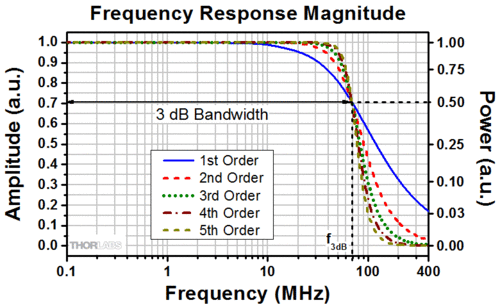This is the wiki for products made by Fractal Audio Systems, maintained by members of the community.
November 2025: the entire wiki has been updated with information about the new AM4 amp modeler.
IR Player block
Contents
Available on which products
- Axe-Fx III: 2 blocks
- FM3: no
- FM9: no
- Axe-Fx II: no
- AX8: no
- FX8: no
Channels or X/Y
- Axe-Fx III: 4 channels
About the IR Player
The IR Player block processes up to two impulse responses, has less features than the Cab block and therefore requires less CPU. It can also process Tone Match block data that has been exported as an IR. This makes it the first choice to run an impulse response of a device such an acoustic guitar or a preamp.
You can also use it for room ambience, because the IR Player supports FullRes IRs.
It also get used for room EQ correction.
Read this:
"The IR Player block does not attempt to normalize the volume as it is a generic convolution player and doesn't know whether the IR is a cabinet IR or some other type of IR (i.e., reverb, violin, etc.)." [1]
IR Player block diagram
Parameters
The IR Player supports two IRs with individual LEVEL and PAN controls for each IR.
A MIX control is also provided so the block can be used as a convolution reverb.
The MODE parameter selects between Parallel and Series. When in series, the individual level and pan controls are defeated and removed from the UI. The volume is consistent if MODE is set to Parallel and only one IR is being used.
Choices for IR LENGTH are Off, 256, 512, 1024 and Max. Setting IR LENGTH to OFF defeats the IR. Read this: IR resolution.
Tips, tricks and troubleshooting
No Global blocks
The IR Player doesn't support Global blocks.
Phase correction
"The Cab and IR Player blocks automatically "phase correct" IRs so that the peak signal is positive." [2]
"When an IR is read from storage the first few hundred samples are scanned and the maxima is found. If the maxima is a negative value the polarity of the IR is inverted because it is assumed the polarity of the IR was inverted when captured. This can happen if the speaker is wired backwards, the IR is captured from the back of the cabinet, the back of a ribbon mic is used, or a polarity inversion occurs in the power amp or mic preamp." [3]

